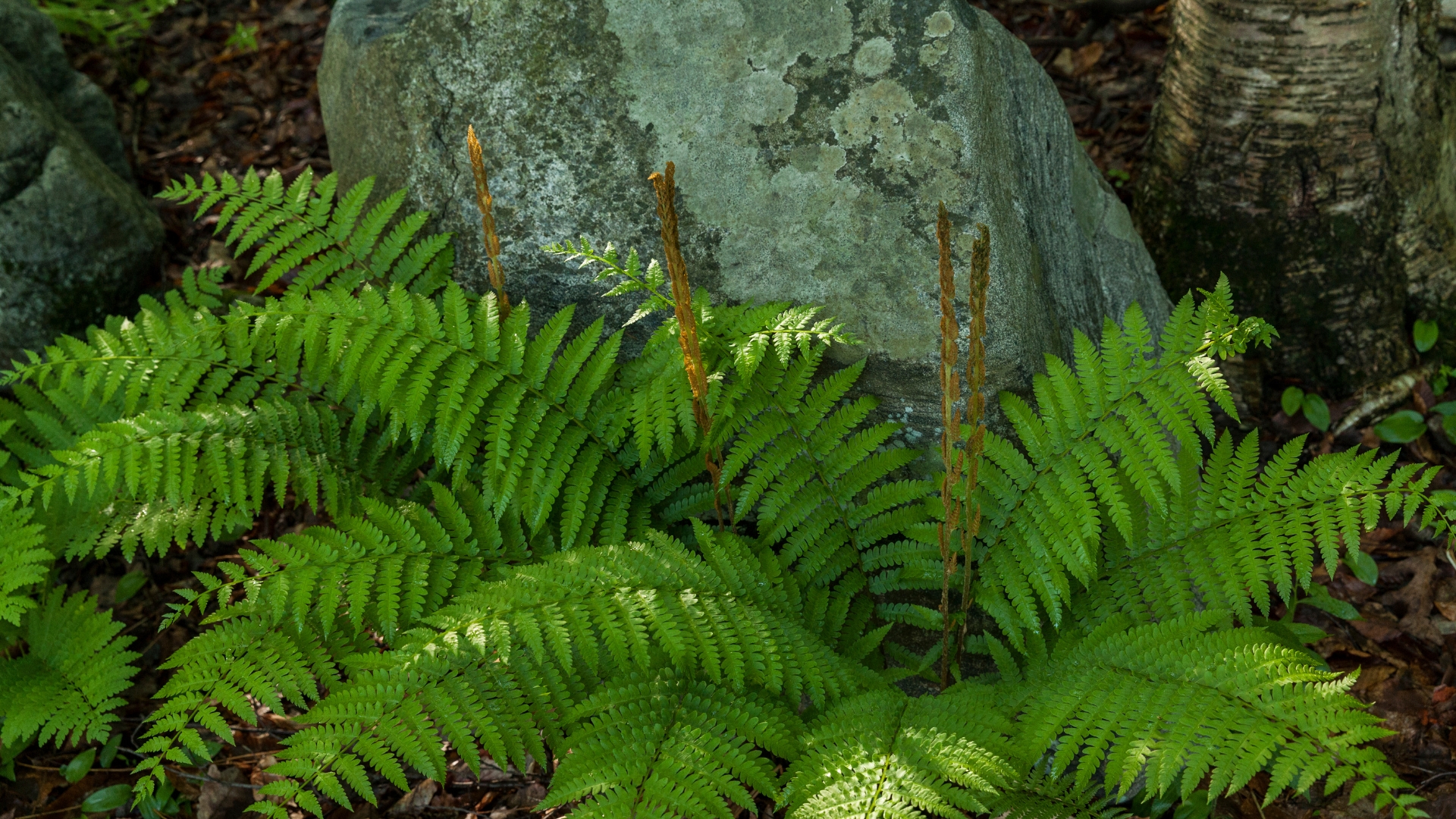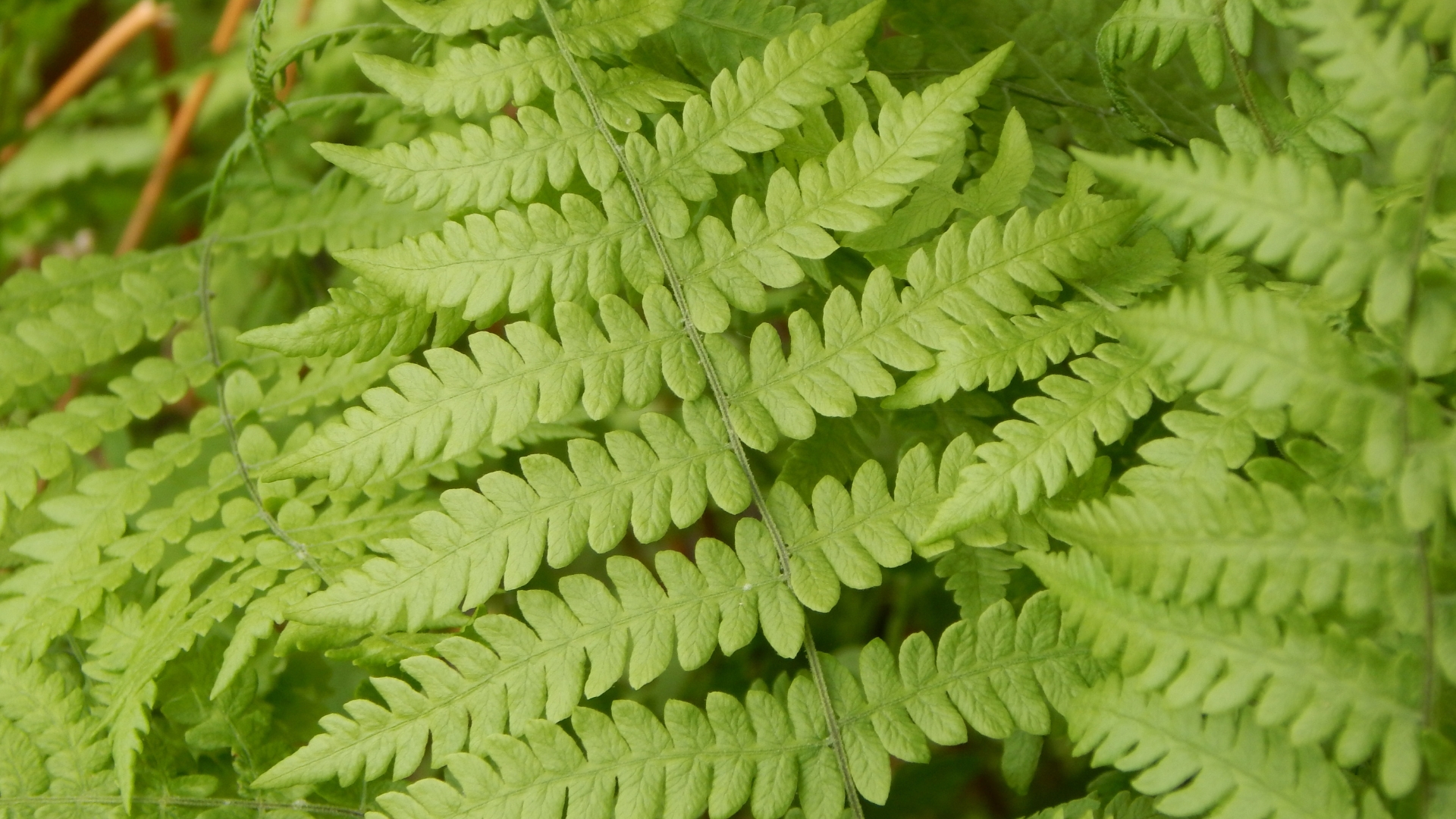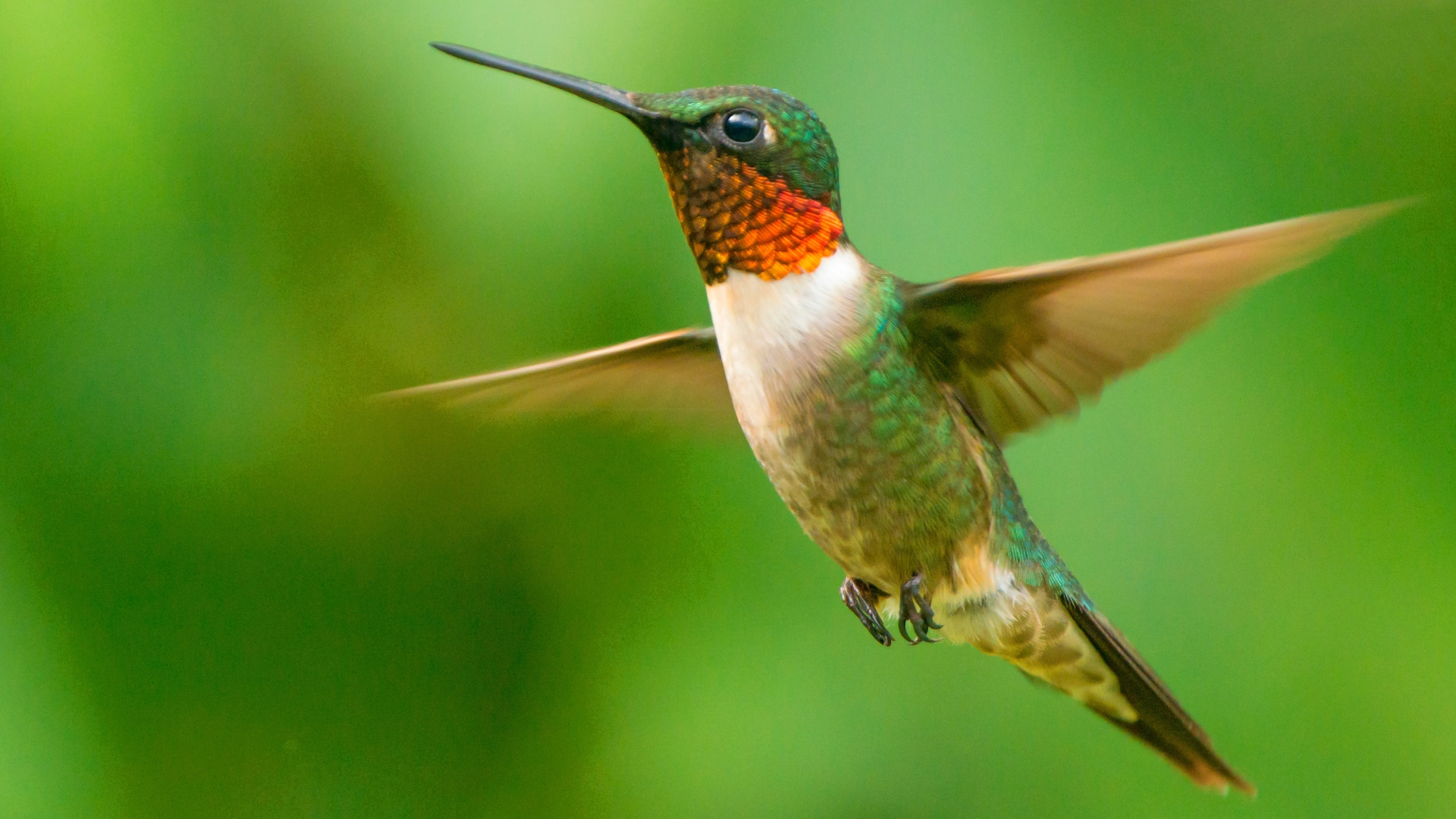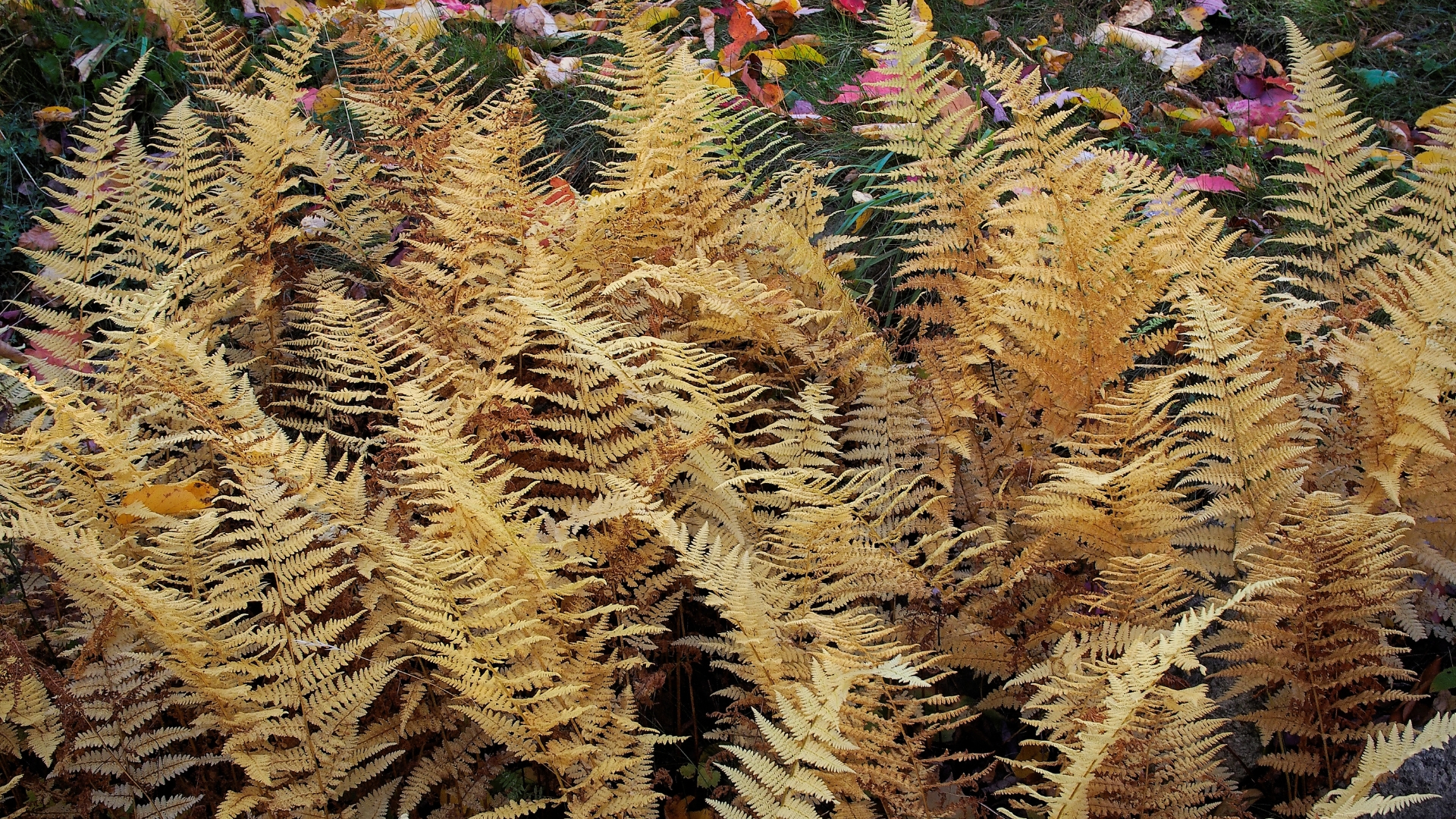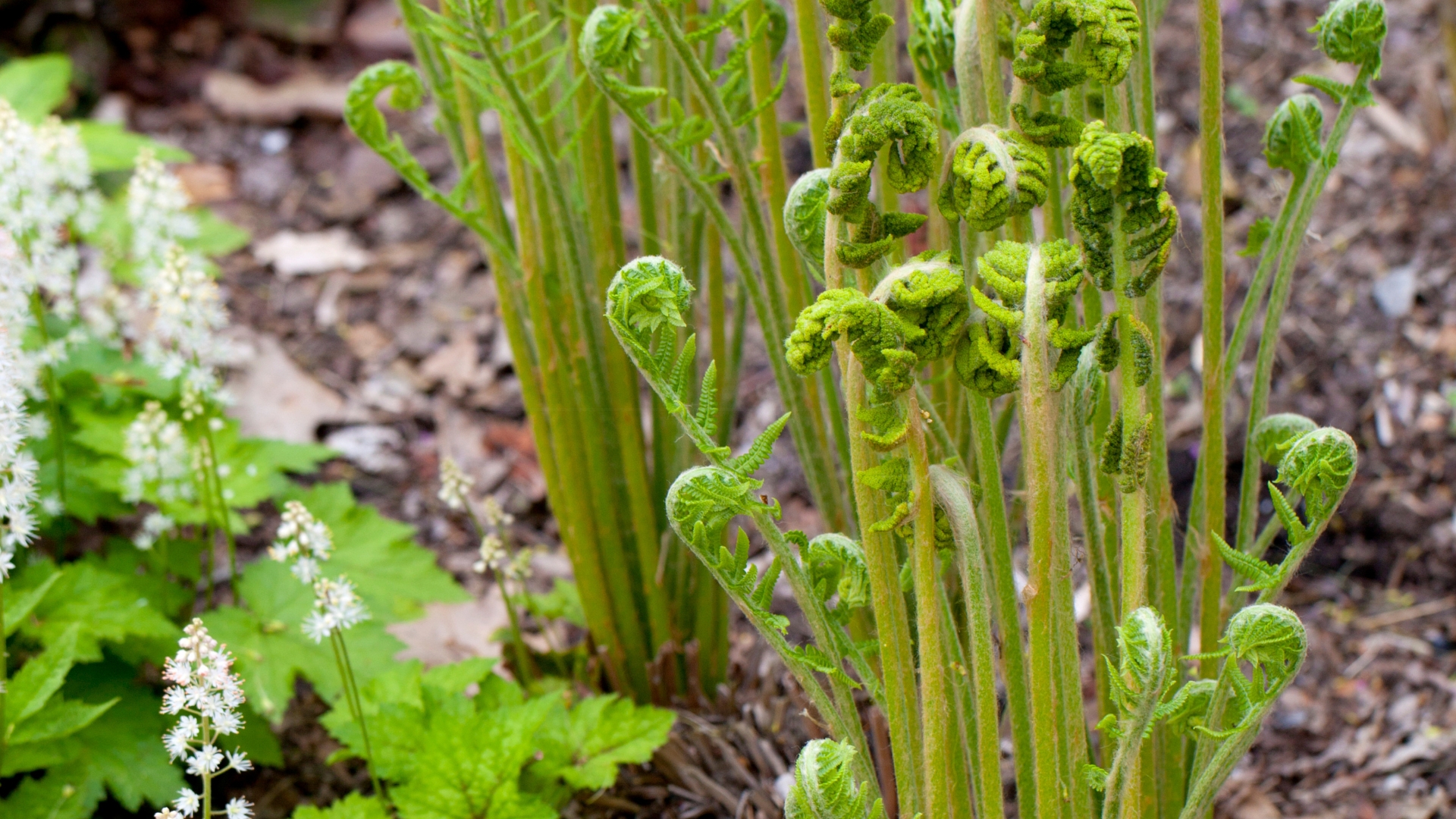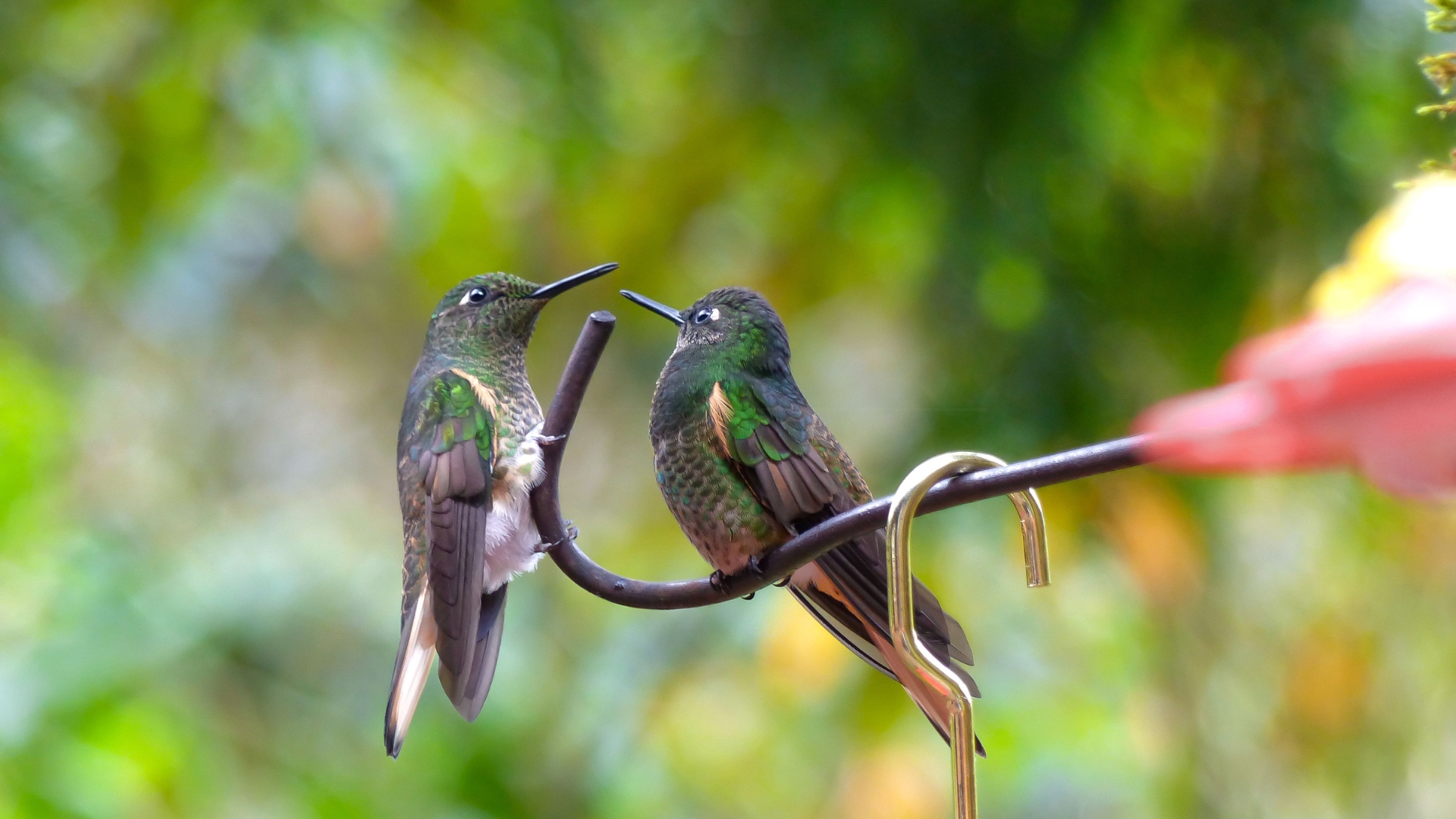At first glance, cinnamon fern looks like nothing more than a beautiful shade-loving plant, but I quickly realized it was much more.
Its presence alone seems to create a peaceful, thriving environment, one that hummingbirds can’t seem to resist.
I’ve watched them hover near its tall fronds, using it in ways I never expected from a simple fern.
It blends effortlessly into any garden, adding texture, movement, and a quiet kind of charm that draws wildlife in. If you love hummingbirds, cinnamon fern belongs in your landscape.
A Fern That Does More Than Look Pretty
Cinnamon fern is more than just an attractive plant—it’s a powerhouse in any garden. With its tall, arching fronds and striking cinnamon-colored fertile spikes, it brings a lush, natural elegance that instantly enhances shaded areas.
Its vibrant green leaves unfurl dramatically in the spring, reaching up to four feet tall, making it a bold presence in woodland gardens, near ponds, or along shaded borders.
Even as the seasons change, its foliage turns a golden hue in the fall, keeping the garden interesting long after summer blooms fade.
Beyond its beauty, cinnamon fern is also a low-maintenance, resilient plant and perfectly suited for beginners.
Why Hummingbirds Can’t Resist This Lush Green Beauty
At first glance, cinnamon fern may not seem like an obvious choice for attracting hummingbirds, but its unique structure makes it a hidden gem for these tiny visitors.
Unlike nectar-rich flowers that provide food, cinnamon fern offers something just as important: shelter and protection.
Its tall, feathery fronds create a dense, safe space where hummingbirds can rest, hide from predators, and take refuge from strong winds or harsh sunlight.
Since these birds need to conserve energy between their high-speed flights, a well-placed cinnamon fern provides the perfect landing spot to perch and recover.
Another reason hummingbirds flock to cinnamon fern is its ability to support a thriving insect population, which is crucial for their diet.
While hummingbirds rely on nectar, they also need protein from small insects like gnats and spiders, many of which find their way to the moist, shaded environment created by ferns.
The Secret Benefits Of Cinnamon Fern In Your Garden
Cinnamon fern offers more than just visual appeal—it actively improves your garden’s environment.
One of its greatest strengths is its ability to thrive in damp, shady areas, making it a perfect solution for those tricky spots where other plants struggle.
If you have low-lying areas that tend to stay wet, this fern helps absorb excess moisture, preventing waterlogging and improving soil structure.
Additionally, its thick root system helps with erosion control, stabilizing slopes and keeping delicate ecosystems intact.
Another overlooked benefit of cinnamon fern is its natural pest resistance. Unlike many garden plants, it’s not a target for deer or rabbits, making it an excellent choice for areas prone to wildlife browsing.
At the same time, its dense foliage provides cover for beneficial insects and small wildlife, creating a balanced ecosystem in your backyard.
Whether used for erosion control, moisture management, or habitat creation, cinnamon fern plays a valuable role in keeping your garden healthy and self-sustaining.
Here Are The Tips For Planting And Growing Cinnamon Ferns
Great news! Cinnamon fern is surprisingly easy to grow once you understand its needs. It thrives in rich, moist soil with plenty of organic matter, making it ideal for woodland gardens, rain gardens, or areas near ponds and streams.
When planting, select a partially shaded to fully shaded location, as too much direct sunlight can scorch its delicate fronds.
If your soil is dry, adding mulch and keeping it consistently moist is essential for healthy growth. Since this fern spreads naturally through rhizomes, give it enough space to expand—planting it about 2 to 3 feet apart will allow for a lush, full appearance over time.
Maintenance is minimal, but a layer of compost or leaf mulch in the fall helps enrich the soil and retain moisture.
While it doesn’t require frequent fertilization, an occasional boost of organic matter in the spring can encourage robust growth.
The fronds die back in winter, but don’t rush to remove them too soon—allowing them to break down naturally adds nutrients to the soil.
Once new growth appears in the spring, you can cut back old fronds to make way for fresh greenery. With just a little attention, cinnamon fern will reward you with a stunning, low-maintenance display year after year.
Creating The Perfect Hummingbird Haven
Want hummingbirds in your yard all year long? Plant cinnamon fern alongside nectar-rich flowers like bee balm, columbine, or cardinal flower, which will attract them while the fern provides a resting area.
Positioning the ferns near feeders or flowering plants gives hummingbirds easy access to both food and shelter in one place.
Another key element is water—hummingbirds love shallow water sources where they can bathe and drink.
If you have a damp, shaded spot, cinnamon fern helps maintain moisture levels, making it an ideal companion plant near birdbaths or small water features.
A well-designed hummingbird-friendly garden includes layers of plant life, mixing bright blooms for feeding with lush greenery for cover.
By incorporating cinnamon fern into your landscape, you’re not just adding beauty—you’re creating a safe, inviting habitat that hummingbirds will return to year after year.

